
I started by building an outline based on a standard qualitative research format: intro, methods, lit review, interview, analysis, and conclusion. Still, I often confused “findings” and “analysis” — they sounded the same but played different roles depending on context.
To clear the fog, I used these tools:
These small steps helped me reflect and move forward when things felt unclear — a helpful mindset at this early stage.
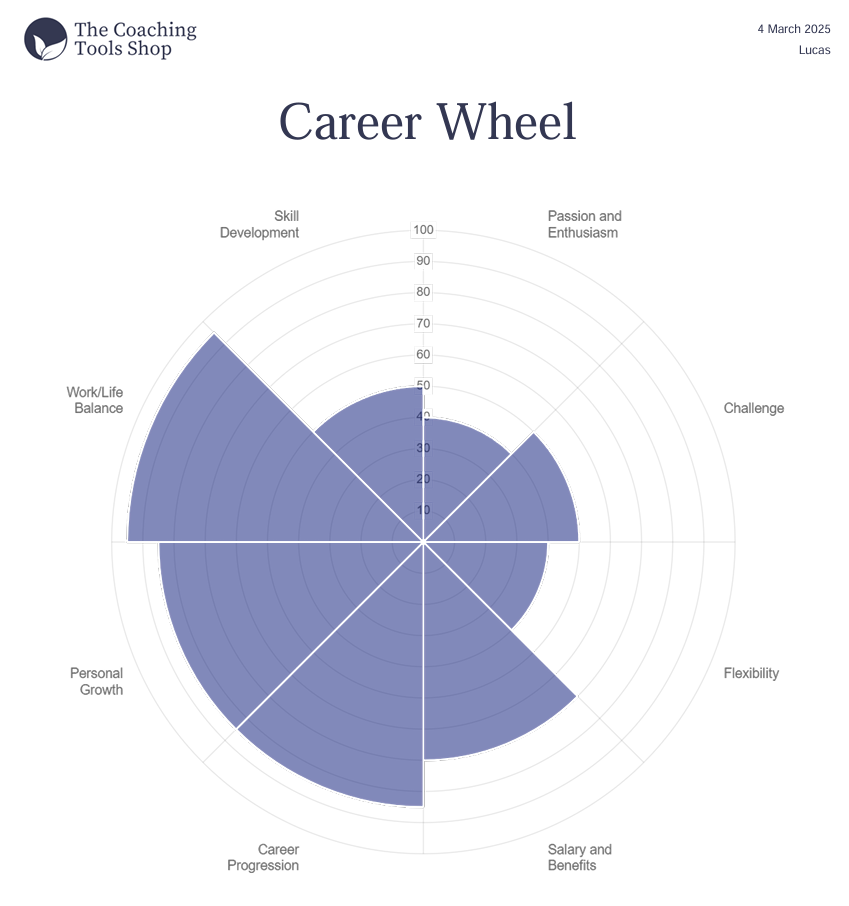
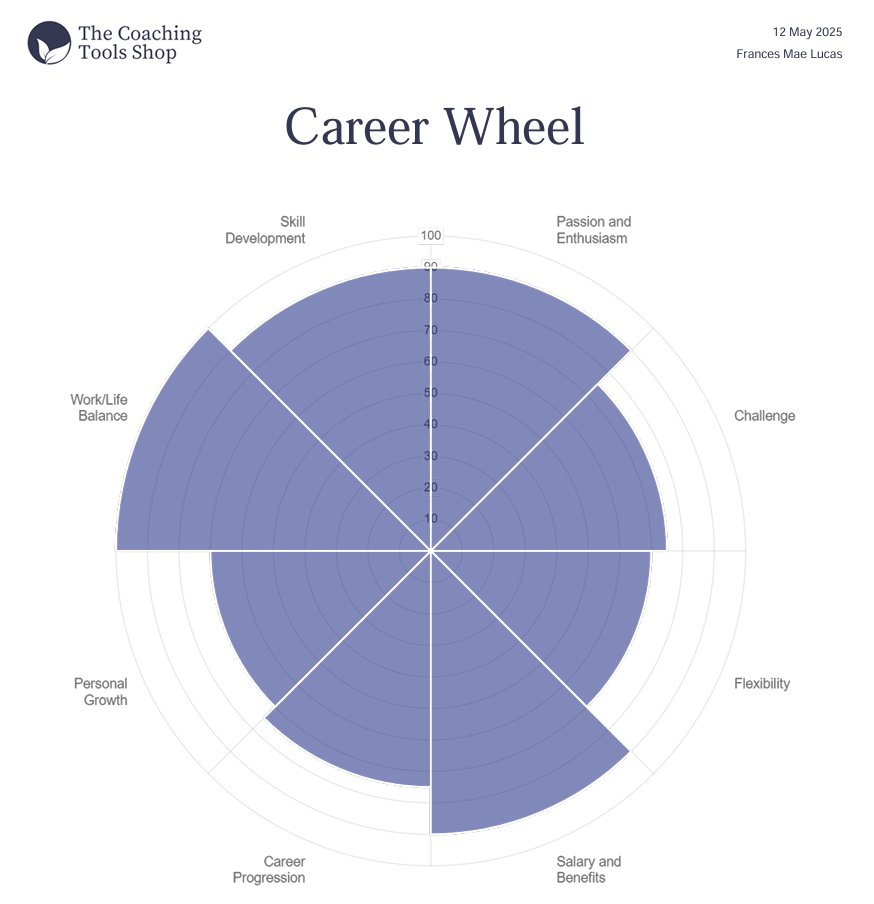
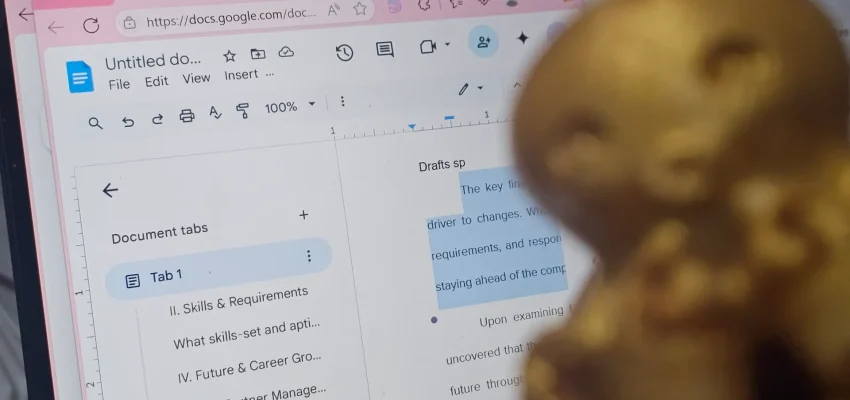
With no interviewee yet, I started writing what I could — mostly about trends and key marketing skills. But without real data, I wasn’t sure what direction the project would take.
While doing so, I found a gap: expat office women in marketing are research and studies here in Abu Dhabi. There stories are unseen, and this made me want to dig deeper.
I also had to work through uncomfortable moments when people misunderstood my research aim — thinking I wanted to study retail promotion roles, which wasn’t my direction. It made me reflect on how to stay kind while staying aligned with my goals.
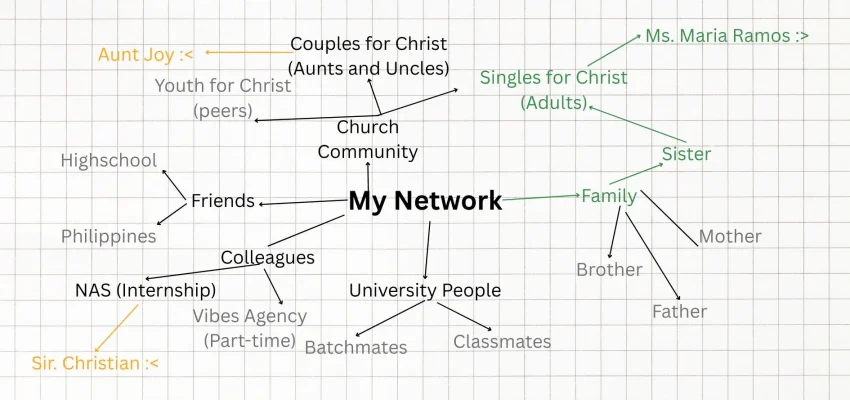
This part made me realize how mentally heavy it is to keep lists “in your head.” I color-coded people in my network — grey if I wasn’t comfortable asking, yellow if they didn’t quite fit. And it helped a lot.
A visual map (image above) felt like a small win in a very overwhelming week. I mentioned in my pervious blog of this series, I Thought I Had It All Figured Out—Until Research Shook Me of my struggles in securing someone for the interview.
I knew I wanted my gathered data from the interview to support my research. That’s why I made my own a Sampling Criteria based from the assessment bried. How?
That checklist became my filter. Instead of blindly reaching out to random people, I could focus on someone whose experience aligned with the kind of insights I needed.
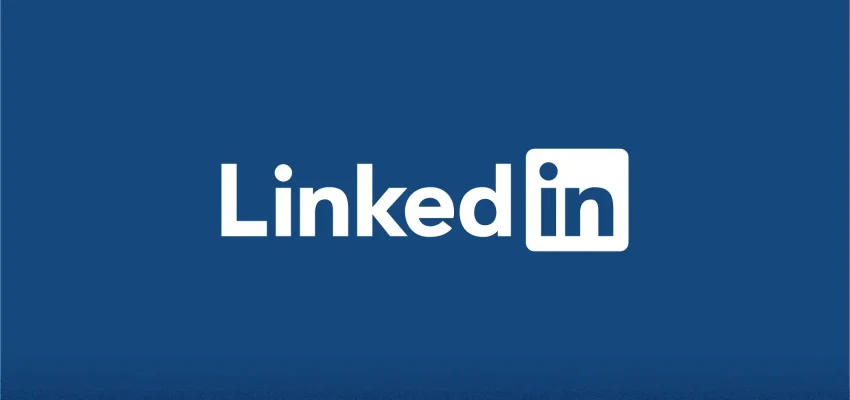
Once I found a potential candidate, I researched deeply through her LinkedIn profile, thanks to a helpful class activity on Career Exploration. It made me realize that marketing titles vary — and someone in a role like “Channel Partner Manager” could still offer valuable marketing insights.
That realization helped me reset my expectations, adjust my criteria, and stay open — a key reflective step before I reached out.
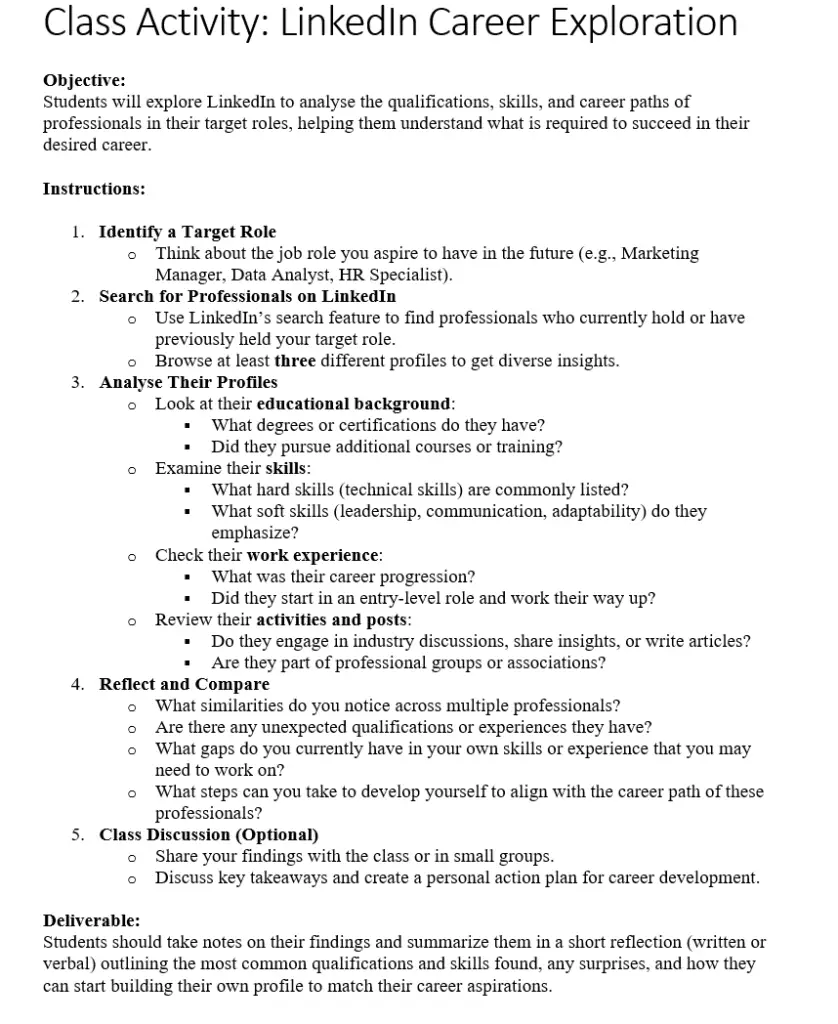
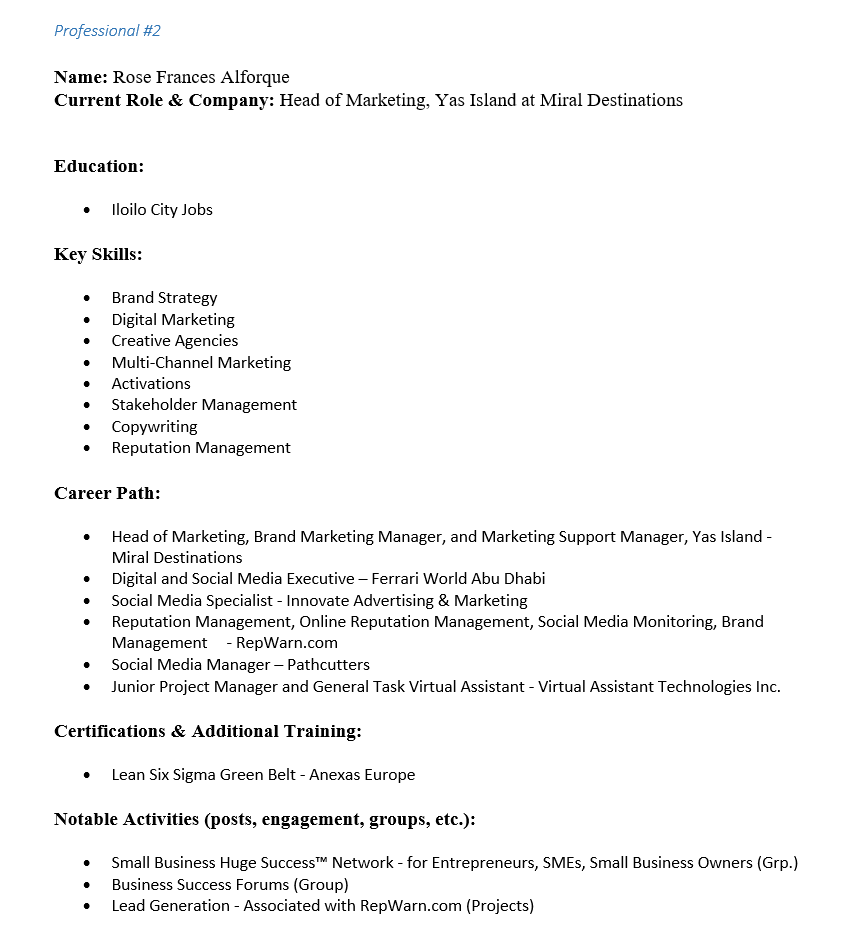

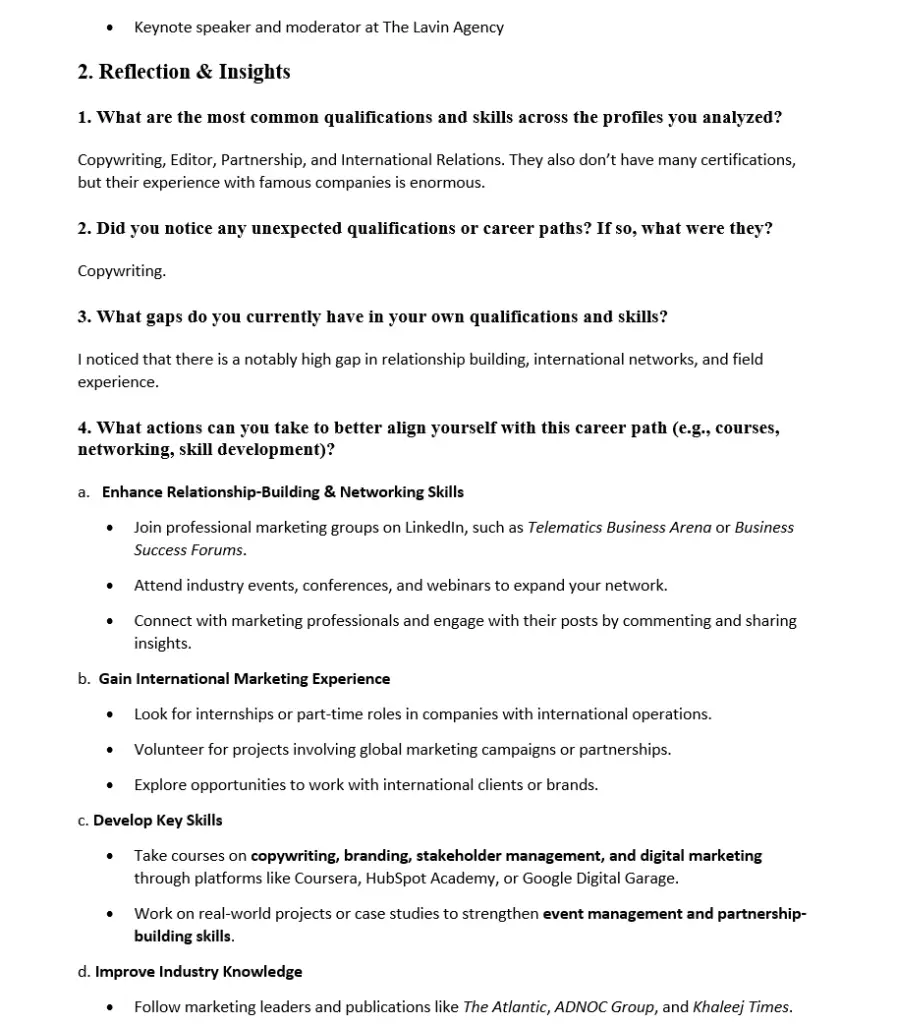
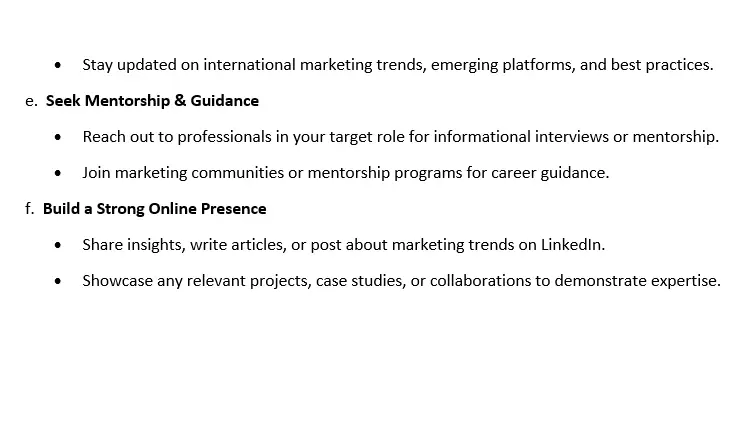
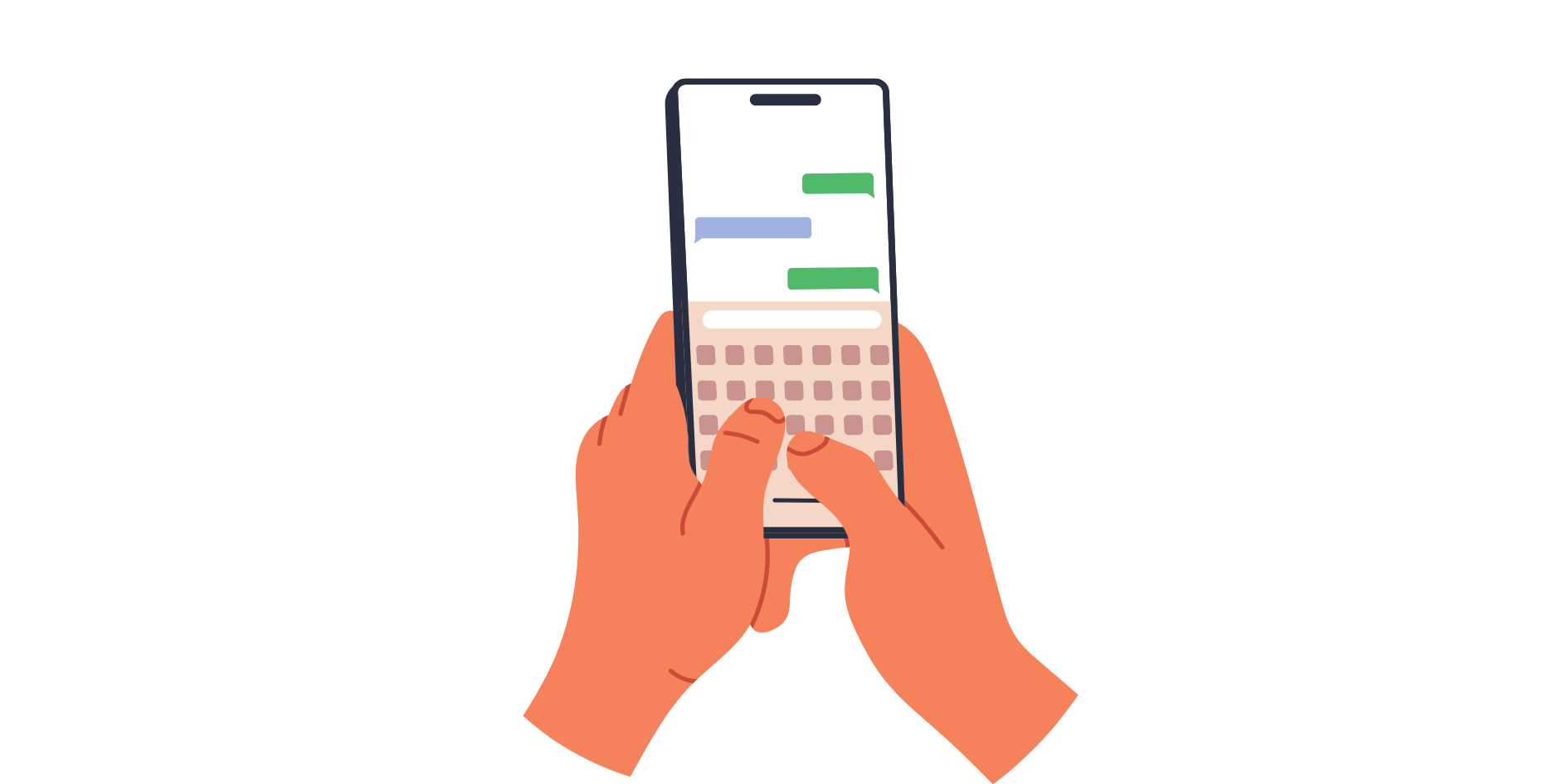
This was the most nerve-wracking moment. I only had one person in mind, and I didn’t want to get rejected. I asked my sister to mention me to Ms. Ramos first as a heads-up, just out of respect.
At first, she was hesitant. But once I showed her the prepared questions and explained my goal, she agreed. That moment taught me that being prepared earns trust — and that thoughtful steps go a long wa
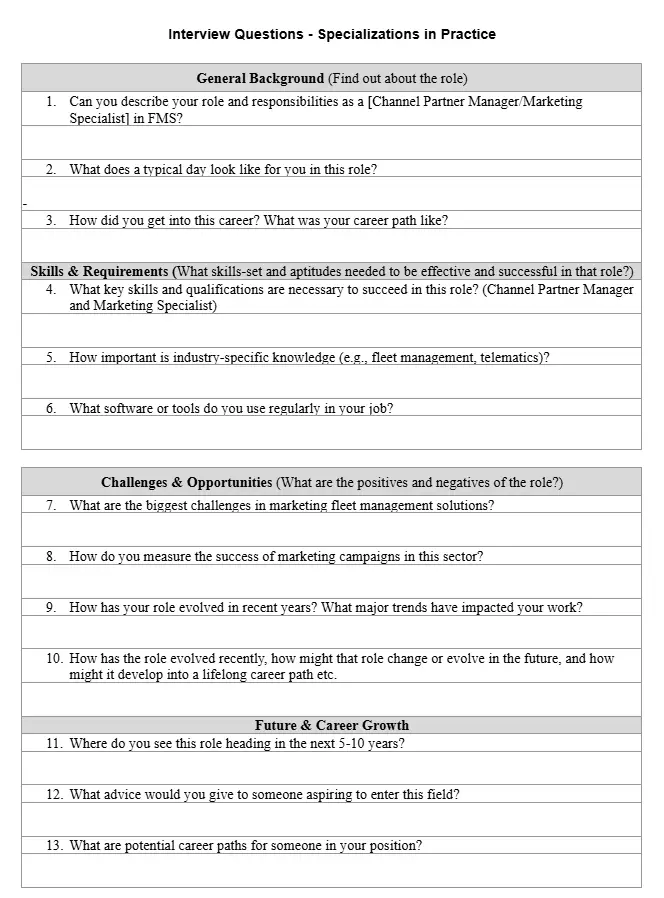
Note: I also added some follow-up questions that are not included above.
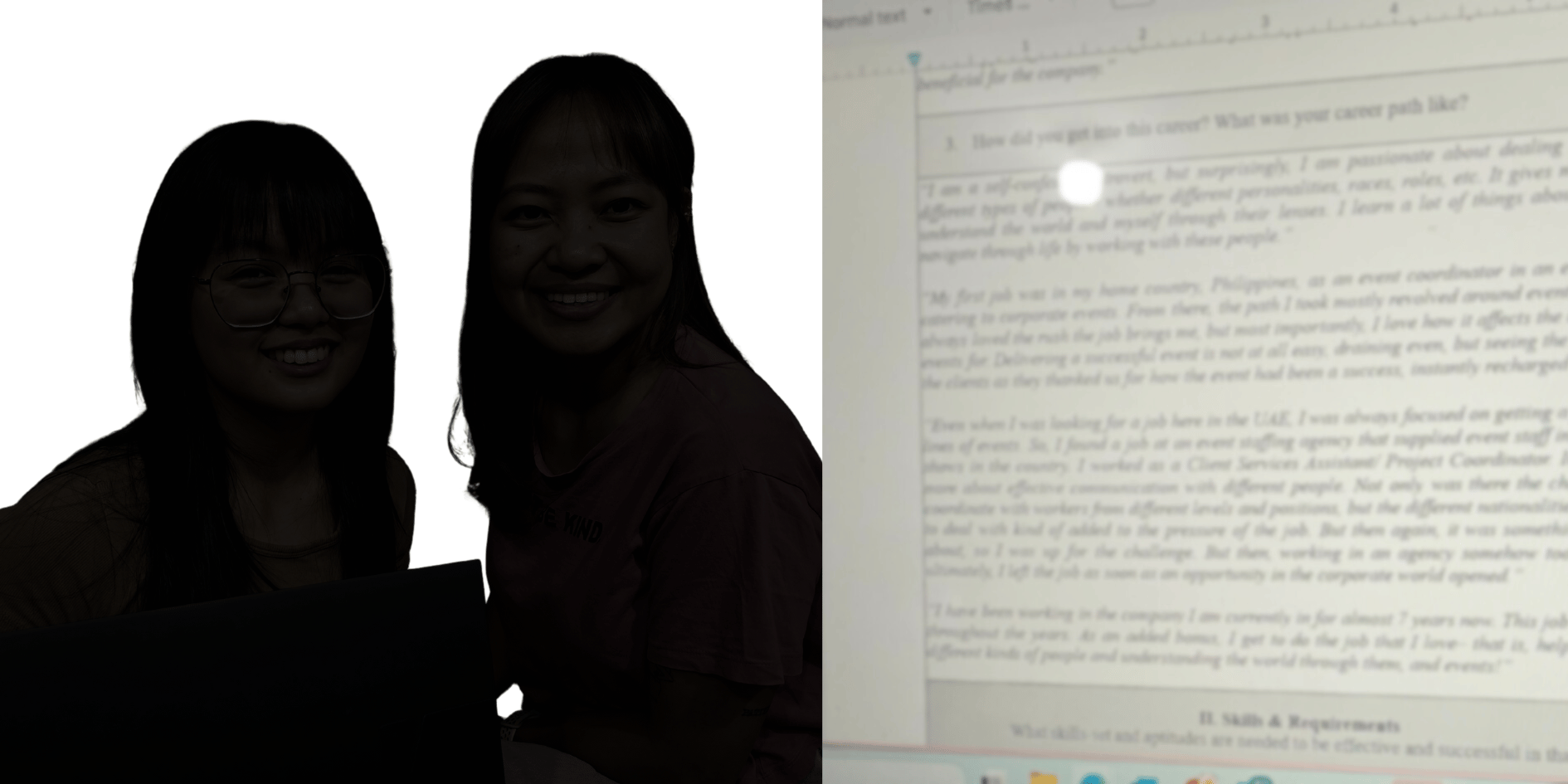
The interview lasted 30 minutes — short, but packed with insight. I asked follow-up questions and transcribed the recording afterward. Using Thematic Analysis, I broke down responses by stage and pulled out key themes.
Even though I only had one interviewee, I was able to draw meaningful patterns and compare them to previous research, adjusting my literature review to fit what emerged. Her unique experience helped me see new angles I hadn’t considered.

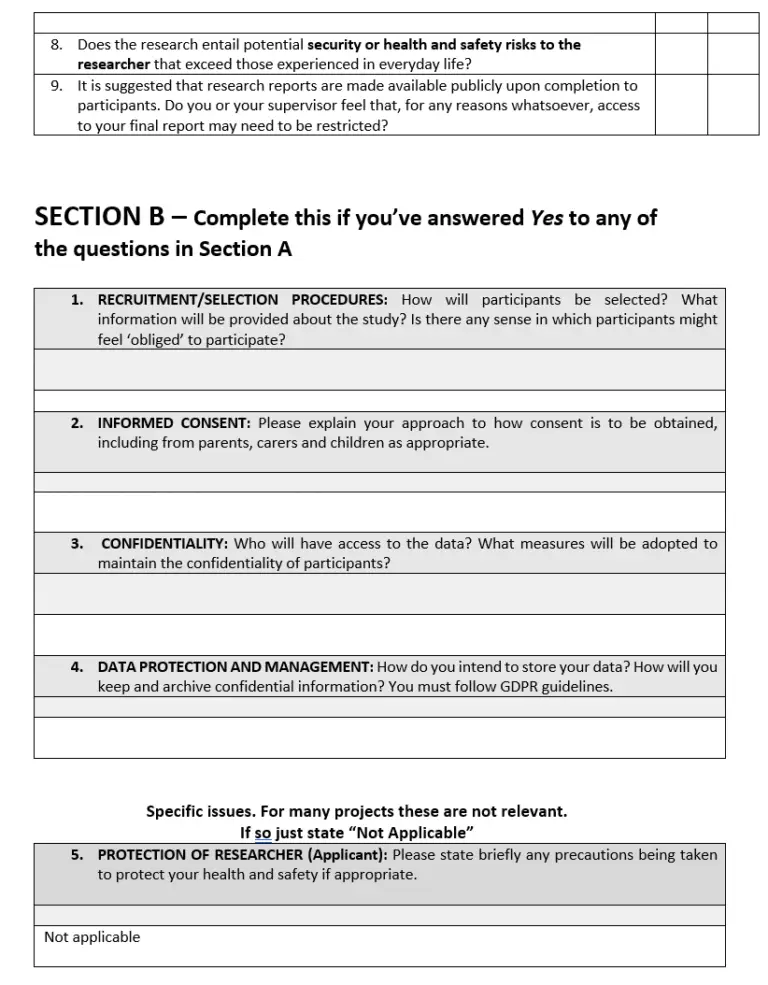
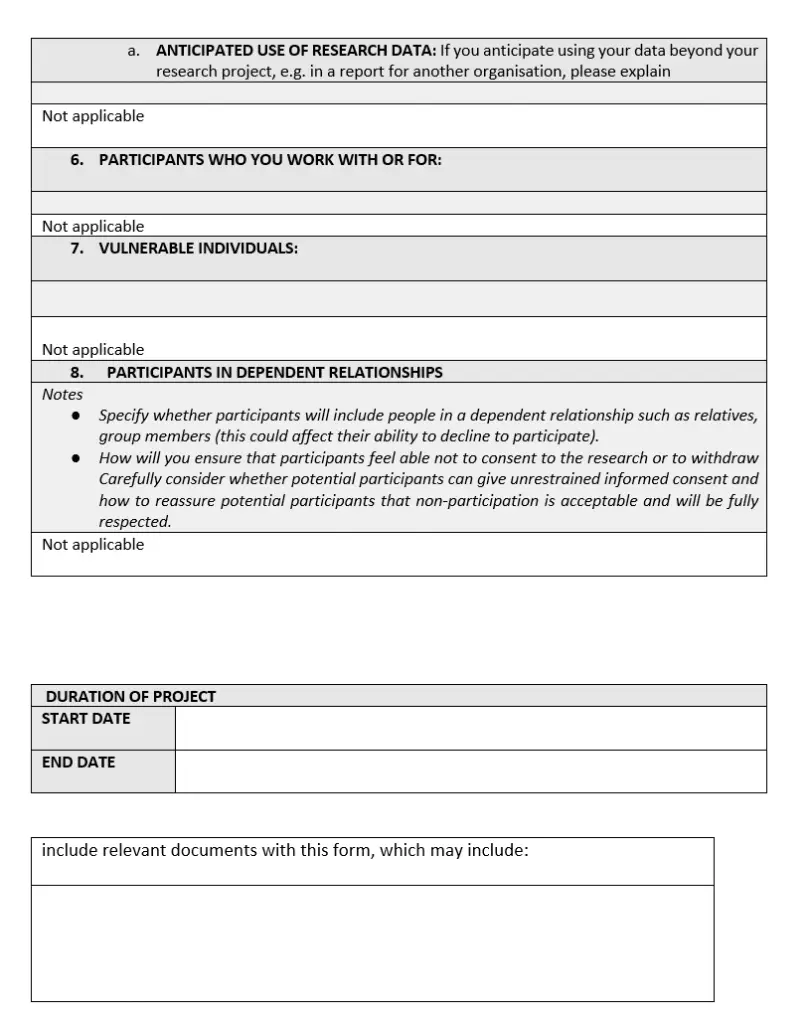
For our young readers out there, I know how hard it must be to work without proper resources, that’s why I won’t be gatekeeping this format. But I’m sure you can easily find samples of these from other credible sources.

Thematic Analysis isn’t usually done with just one interview — but that doesn’t mean it can’t work. If you approach it with structure and intention, you’ll still find valuable insights.
I broke my interview questions into stages, and within each stage, I looked for patterns. What was being repeated? What stood out? Then I compared those themes with existing literature, highlighting both the overlaps and the gaps.
Some of the things my interviewee shared didn’t show up in my original lit review — so I adjusted. I made space for her experience to matter, and I’m glad I did.
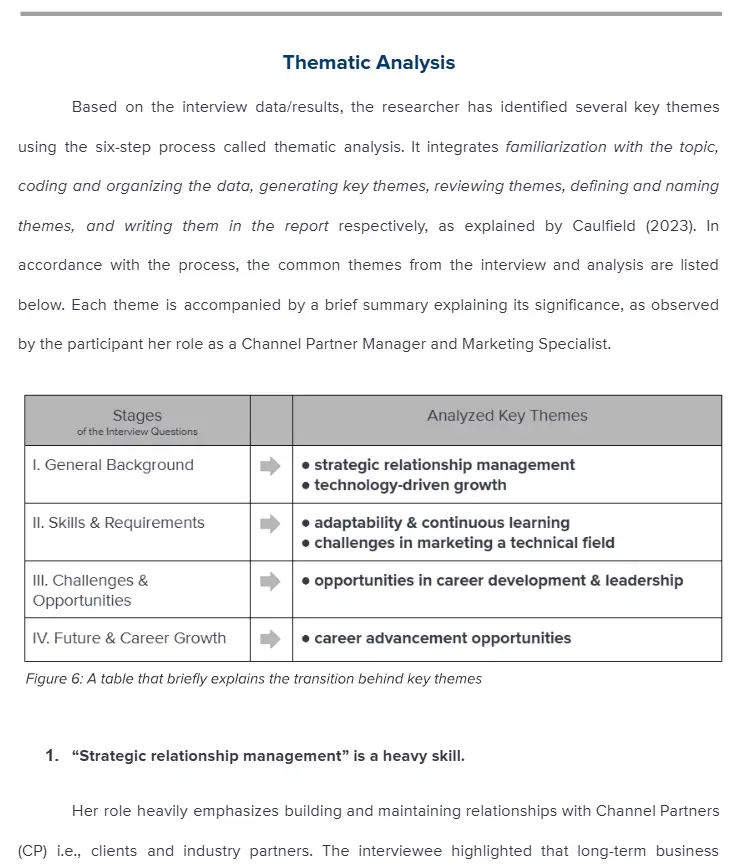
The concept of Thematic Analysis is usually for multiple participants or interviewee with similar questions. That’s why I was a bit hesitant to use this strategy for my assessment which only required one participant.
But the main process typically involves finding the common themes and then describing the reasoning and cause & effect behind it. Which I am proud to say, I made it work!
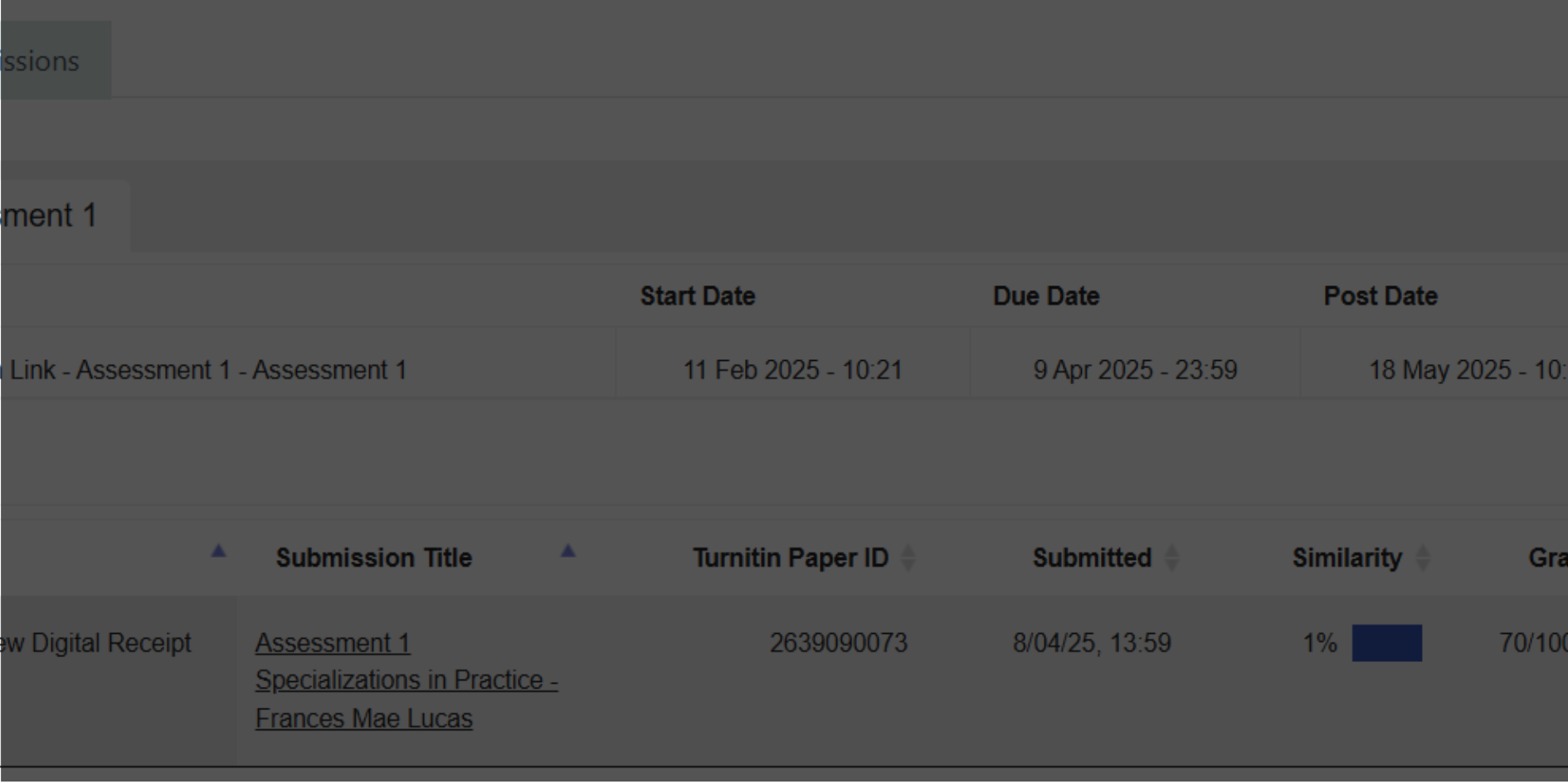
After working on this for 50 days, I still took two more days just to submit. Word count was tricky — first I didn’t know what to say, then I said too much.
What I learned? When I understand something deeply, I want to share everything. But good research means knowing what to leave out, too. Reflection helped me focus on clarity, not perfection
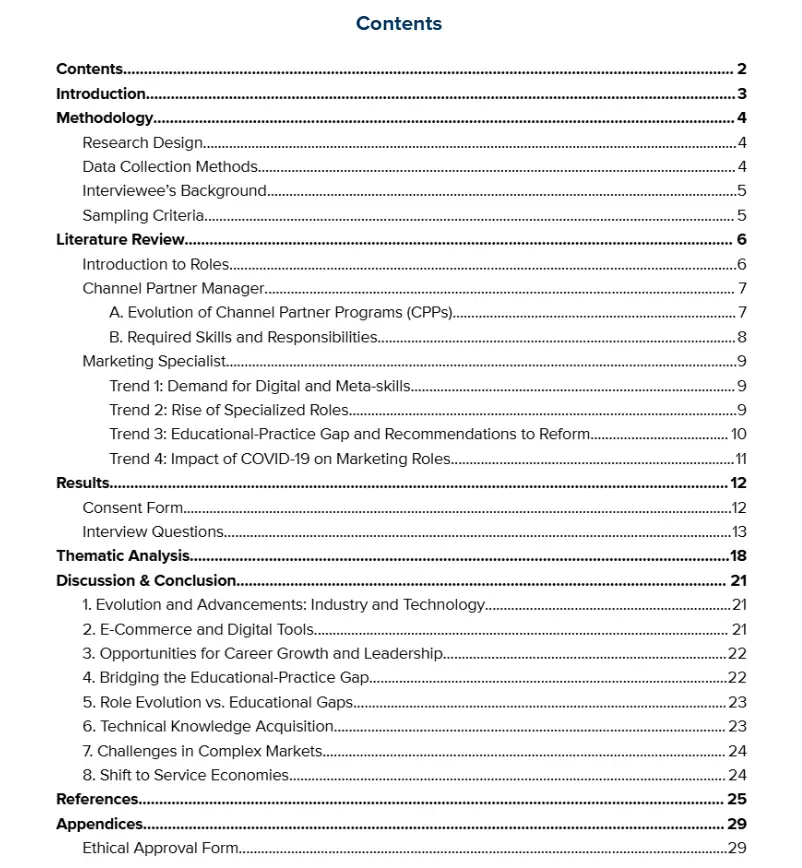
Story time:
My favorite part of this research was connecting my literature review with my interview data—also known as the Discussion section. I spent long hours trying to understand and revise it, which left me feeling frustrated. I kept thinking that I had focused on the wrong questions and should have asked more.
But over time, I began to learn new things, and eventually, I organized my data. That made all the frustration totally worth it.
That’s why—if you’re feeling stuck or in a loop, remember that it’s normal to keep revising, but never leave it unfinished.
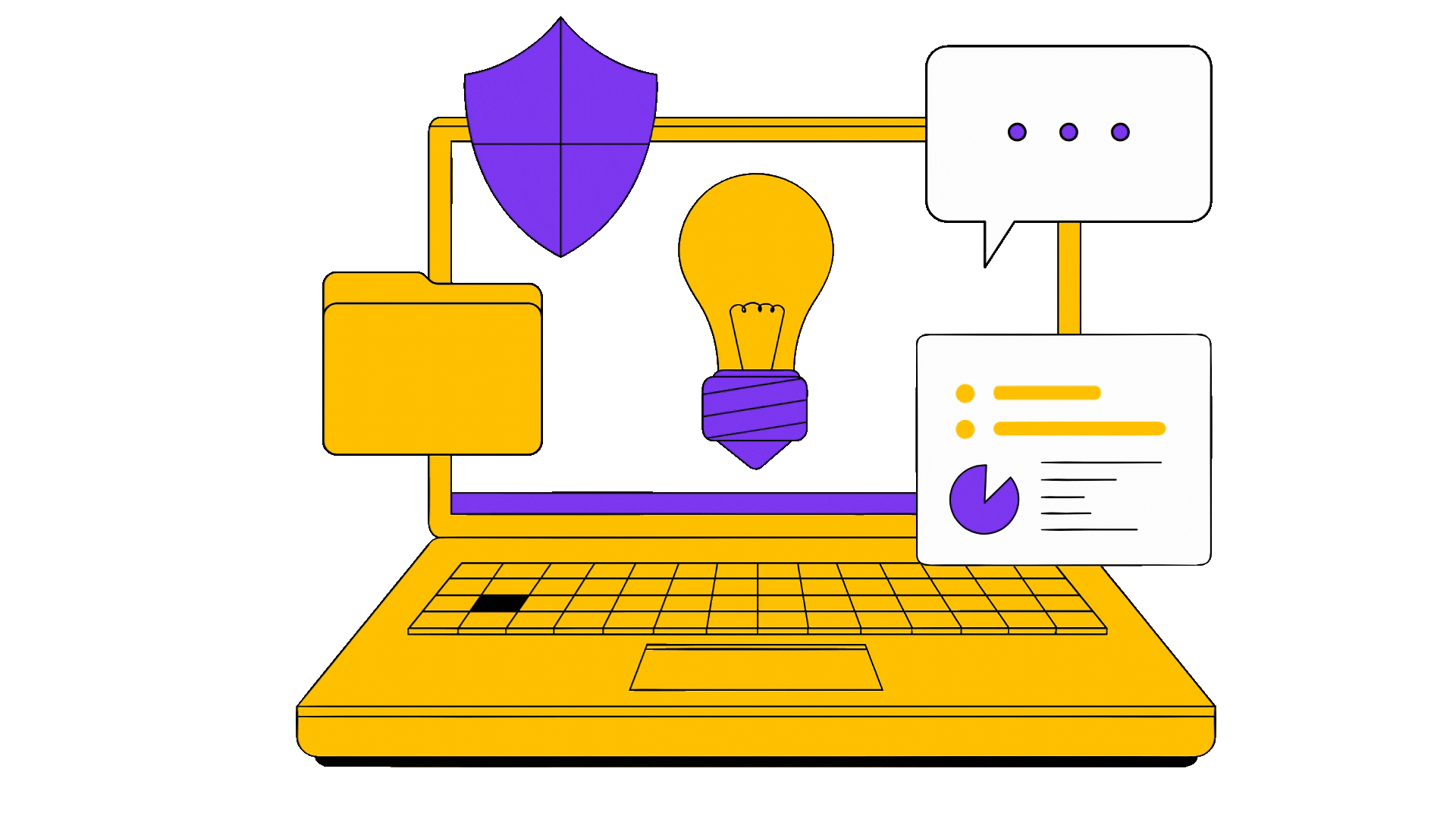
This project wasn’t just about writing a report — it was about learning how to move forward, even when I wasn’t sure where I was headed. So, here’s to thoughtful beginnings, messy middles, and meaningful endings.

My hobby is exploring new hobbies and sharing my experiences in every artistic venture. Studying marketing is a privilege for me, as it allows me to highlight the value of certain works and ideas.
Stay tuned for more exciting stories, luckies <3.
You’re currently reading a two-part reflection series